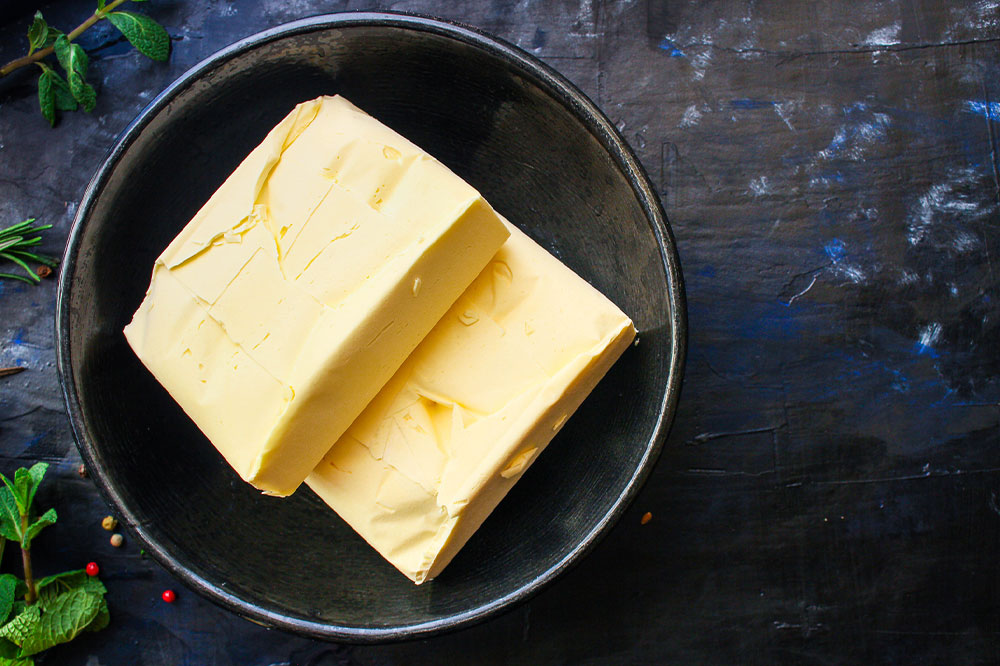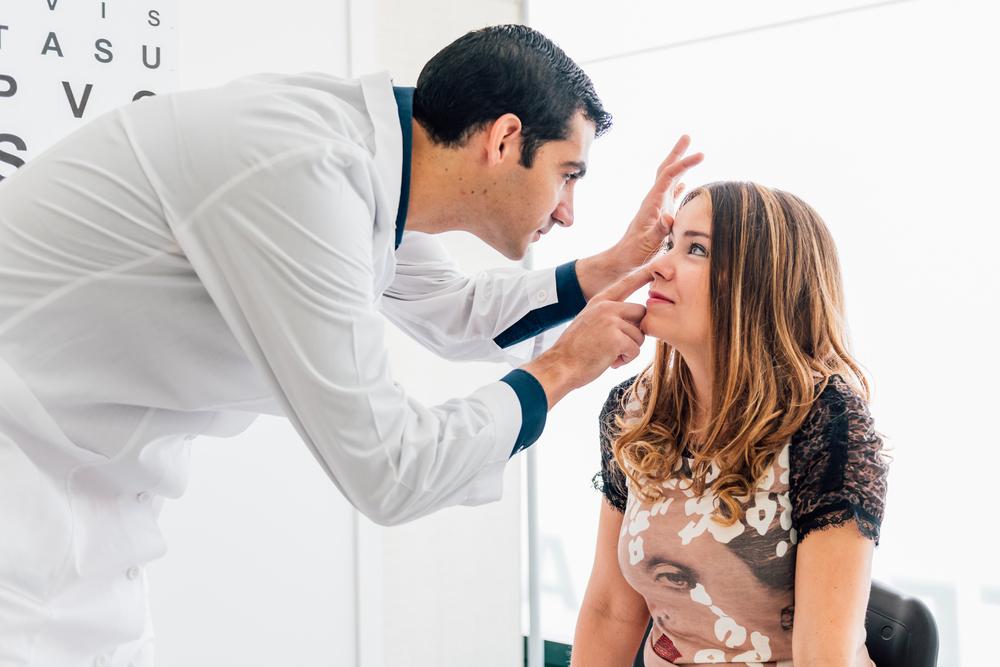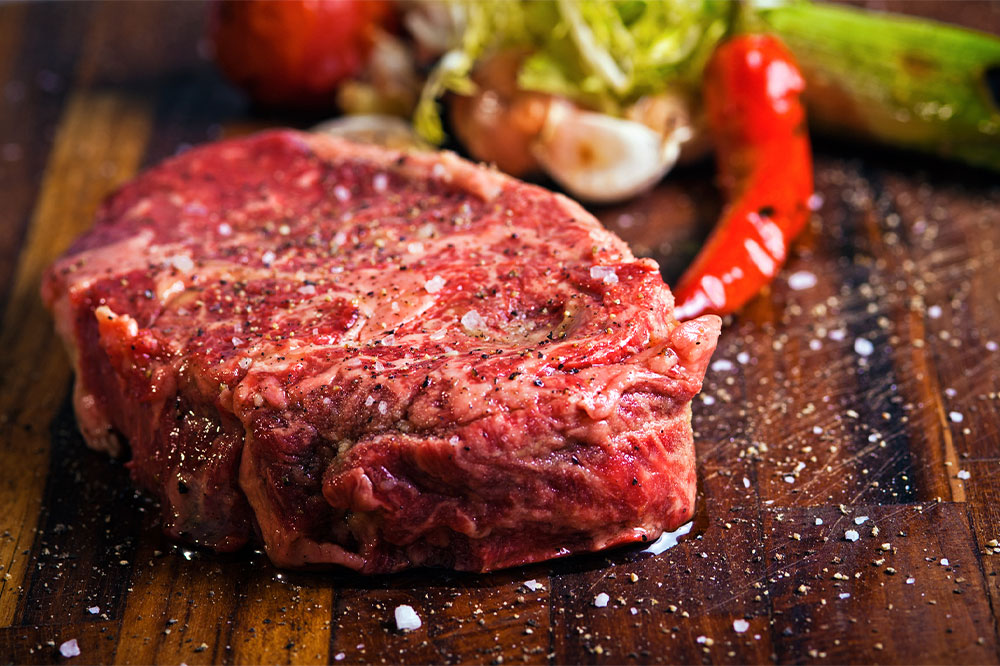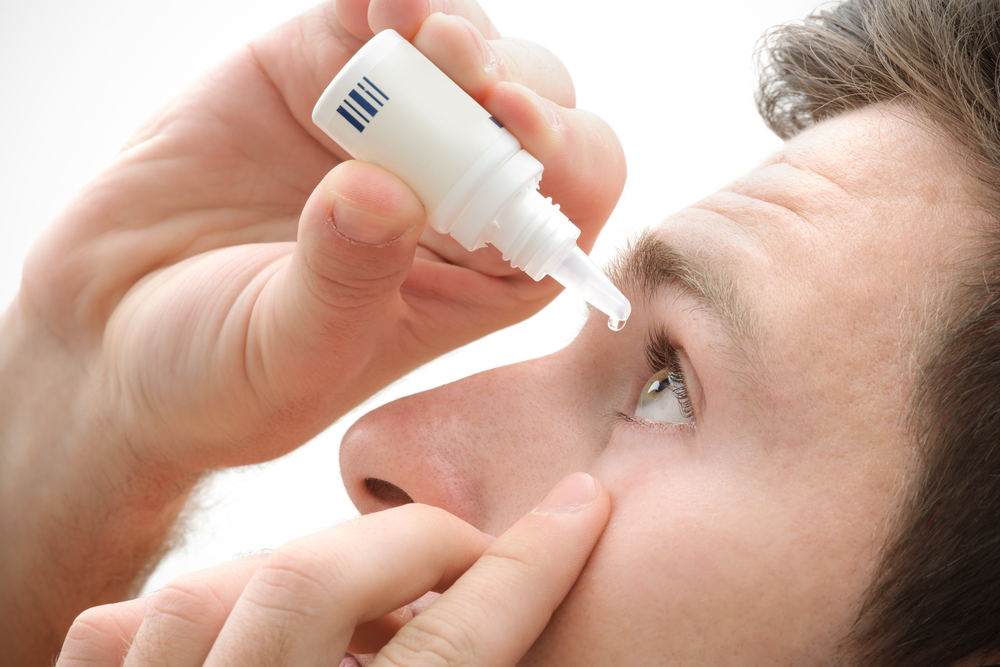Essential Dietary Guidelines and Protective Measures for Maintaining Optimal Eye Health
Discover comprehensive dietary tips and protective measures to maintain optimal eye health. Learn about harmful foods to avoid, such as trans fats, processed meats, and sugary drinks, and explore effective strategies like UV protection, eye drops, and laser surgeries. This guide emphasizes holistic approaches for safeguarding your vision against common risks and environmental harms, helping you enjoy clear eyesight and healthy eyes for years to come.
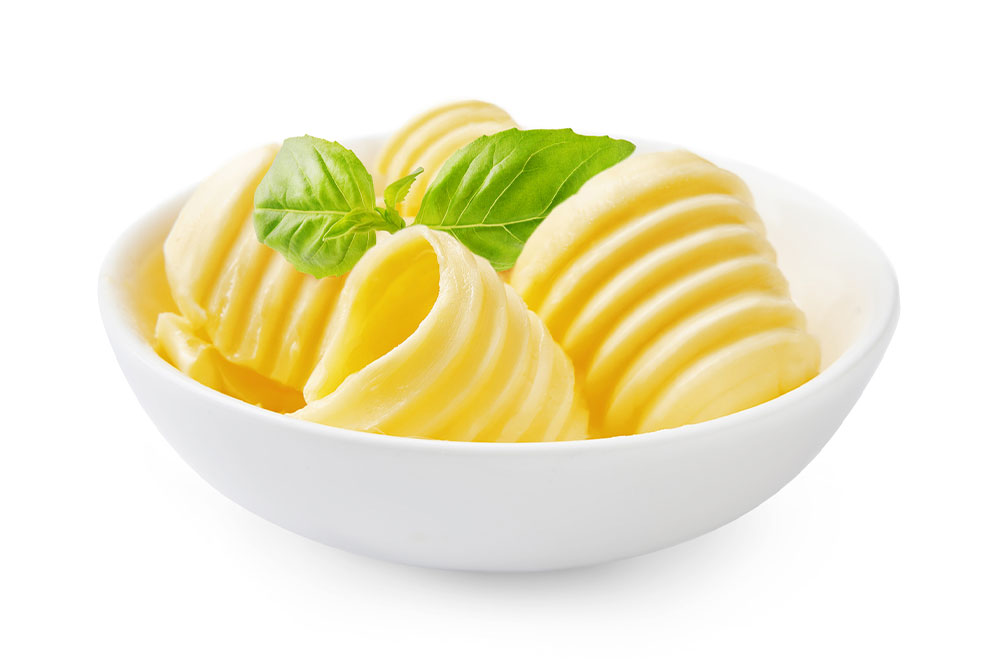
Amplify Your Vision by Avoiding Harmful Foods and Embracing Eye Care Strategies
An often overlooked aspect of maintaining healthy vision is our diet. The foods we consume directly influence the health of our eyes, which depend on a robust blood supply and nutrient-rich environment to function optimally. Unhealthy eating habits can cause clogging of blood vessels, reduced intake of vital nutrients, and increased risk of eye-related diseases. In this comprehensive guide, we delve deep into specific foods that can negatively impact eye health and explore additional protective measures to preserve your vision for years to come.
Trans Fats in Margarine
Margarine is frequently used as a butter substitute in many households, especially among those seeking healthier fat options. However, many types of margarine contain trans fats—artificial fats created through hydrogenation processes. Trans fats are notorious for raising bad LDL cholesterol levels and lowering good HDL cholesterol, which can lead to atherosclerosis and compromised blood flow, including in the delicate vessels of the eyes. Elevated cholesterol can contribute to blockages and damage within retinal blood vessels, increasing the risk of conditions like diabetic retinopathy and age-related macular degeneration (AMD). To safeguard your eye health, opt for natural, minimally processed fats such as olive oil, avocados, and nuts.
Red Meats and Their Impact on Eye Health
Red meats like beef, lamb, and pork are rich in protein and essential nutrients; however, they also contain high levels of preservatives, saturated fats, and cholesterol. These components, when consumed excessively, can lead to increased blood pressure and vascular inflammation. Elevated blood pressure is a significant risk factor for hypertensive retinopathy, which damages the small blood vessels in the retina, potentially leading to vision impairment or blindness. Moreover, processed red meats often contain high levels of salt, which can destabilize blood pressure regulation. Moderation is key—choose lean cuts or plant-based protein sources to support healthy ocular circulation.
Challenges of Fish Consumption
Fish are widely acclaimed for their high omega-3 fatty acid content, which has proven benefits for reducing inflammation and promoting retinal health. Nonetheless, certain fish species may harbor mercury and other environmental toxins, especially with excessive consumption. Mercury can accumulate in the body over time and present neurotoxic effects that may affect tiny structures within the eyes, possibly impairing visual function. To enjoy the benefits of fish while minimizing risks, select low-mercury options such as salmon, sardines, and mackerel, and try to limit intake to two to three servings per week. Alternatively, opt for omega-3 supplements derived from purified fish oil as a safer source.
Caffeine and Eye Pressure
Coffee, consumed worldwide for its caffeine content, offers a quick energy boost and heightened alertness. However, caffeine can cause transient increases in intraocular pressure (IOP) in susceptible individuals, such as those with ocular hypertension or glaucoma. Elevated IOP is a critical risk factor for optic nerve damage and potential irreversible vision loss. If you have a history of eye pressure issues, consider moderating coffee intake and monitoring your intraocular pressure levels regularly. Incorporating herbal teas or decaffeinated beverages can provide alternative hydration and alertness benefits without heightening eye pressure.
Sugar-Laden Beverages and Their Effects
Many popular drinks—including energy drinks, sodas, and fruit lemonades—are loaded with excessive amounts of sugar, often seven to ten teaspoons per serving. High sugar intake is a known contributor to metabolic syndromes such as diabetes and heart disease, both of which are linked to damaging the retina over time. Chronic hyperglycemia from diabetes can cause diabetic retinopathy, characterized by fragile, leaky blood vessels, leading to vision deterioration. Furthermore, high sugar consumption is associated with increased risk of age-related macular degeneration (AMD). Limiting or avoiding sugary drinks, opting instead for water, herbal infusions, or naturally flavored water, is a crucial step towards maintaining your eye health.
Beyond dietary adjustments, protecting your eyes from harmful environmental factors is equally important. Regularly wearing UV-protective sunglasses from trusted brands like Ray-Ban, Oakley, Persol, or American Optical shields your eyes from dangerous UVA and UVB rays, which can cause macular damage and accelerate aging of ocular tissues. For general eye maintenance, consider treatments such as VUITY eye drops for presbyopia, LUMIFY for redness relief, CEQUA™ eye drops to stimulate tear production, and Verkazia® for allergic conjunctivitis. Laser eye surgeries, notably LASIK, continue to be effective options for correcting vision impairments including nearsightedness, farsightedness, and astigmatism, promoting clearer sight and reducing dependence on corrective lenses. Incorporating these protective strategies into your daily routine can significantly enhance your eye health and preserve your vision for the long haul.
